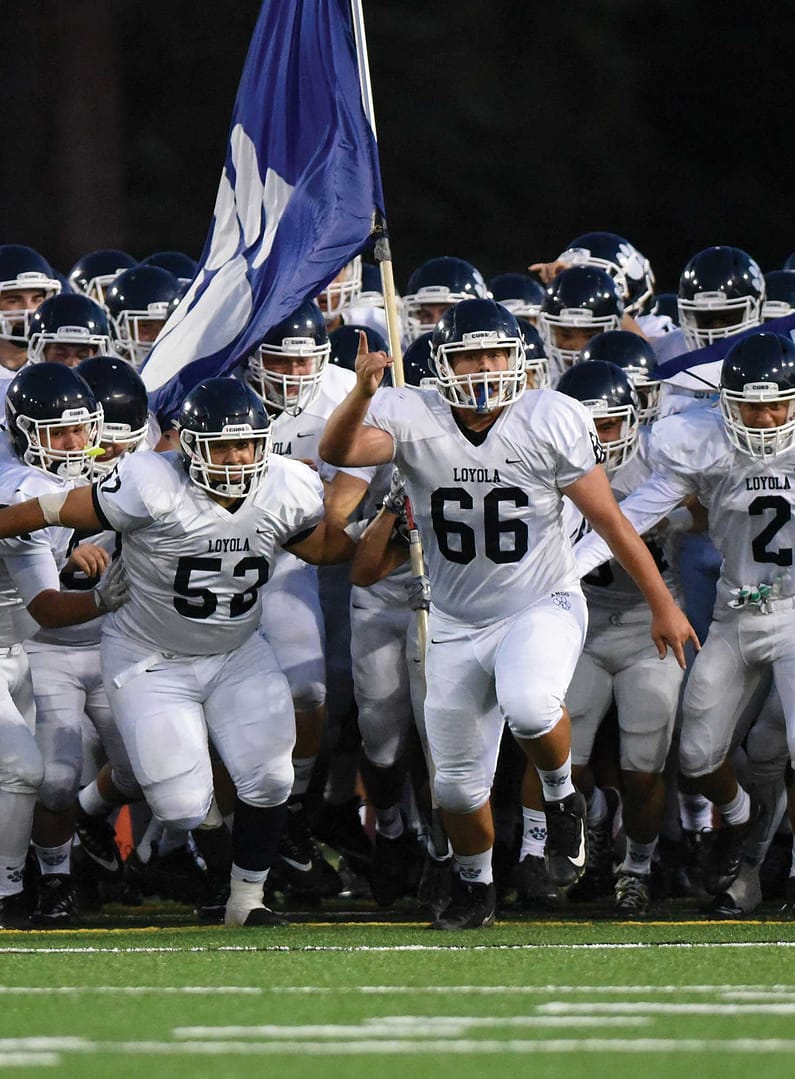On Friday the 13th of March, Loyola transitioned to an online learning environment. The technological implementation was a gradual experience and has changed over the past several months.
Director of Information Technology Terence Stephenson says, “Back in spring semester we evaluated other video conferencing platforms including Google Meets and Big Blue Button. We ended up choosing Zoom because it was relatively easy to learn, has a lot of features and works on almost every platform.”
Last year, Loyola seniors held their graduation ceremony on a virtual Minecraft campus due to social distancing guidelines at the height of the COVID-19 pandemic. Additionally, prevention against the virus requires that all students learn from home.
Stephenson says, “We’ve had to deal with Zoom service outages, zoom bombing and other more minor issues. We continue to monitor Loyola’s use of Zoom and make adjustments as necessary.”
As students start the 2020 school year, problems such as a malfunctioning Zoom LTI have caused concern regarding the future of online learning.
Stephenson says, “There are numerous challenges with online learning, but, in my opinion, the greatest challenge is our complete reliance on technology. I have worked in IT for almost 25 years, but even I think that it is risky to be forced to rely on technology so heavily.”
Teachers are learning to adapt to this new method of teaching, and students are also adjusting their traditional understanding of what formal education is. The time scale is unknown for when students can attend campus for physical classes.
Stephenson says, “Some of the faculty are currently teaching their classes from campus where we have excellent internet bandwidth, WiFi coverage and in person IT support. We’ve also deployed loaner MacBooks to students who do not have their own computer or who have computers that are not meeting their online learning needs.”
Director of Faculty Terri Kawamata says, “Teachers are working very hard to overcome these challenges to create meaningful online classroom experiences for their students. Teachers are tapping into their creativity while basing their decisions on the foundations of sound pedagogy.”
As apparent and worldwide as these issues are, Loyola has adopted many solutions and preventative measures to alleviate some of the current problems and make online learning better for all students.
Stephenson says, “If there is a widespread internet outage or some other event that prevents us from using Zoom or Canvas or Google services, it’s virtually impossible to conduct online learning the way we currently do.”
Finally, hybridized classes in which some of the student population attend online classes while others attend physical ones, may also be an option when the virus settles down, and the faculty will choose if and when that transition will be made.






Comments are closed.